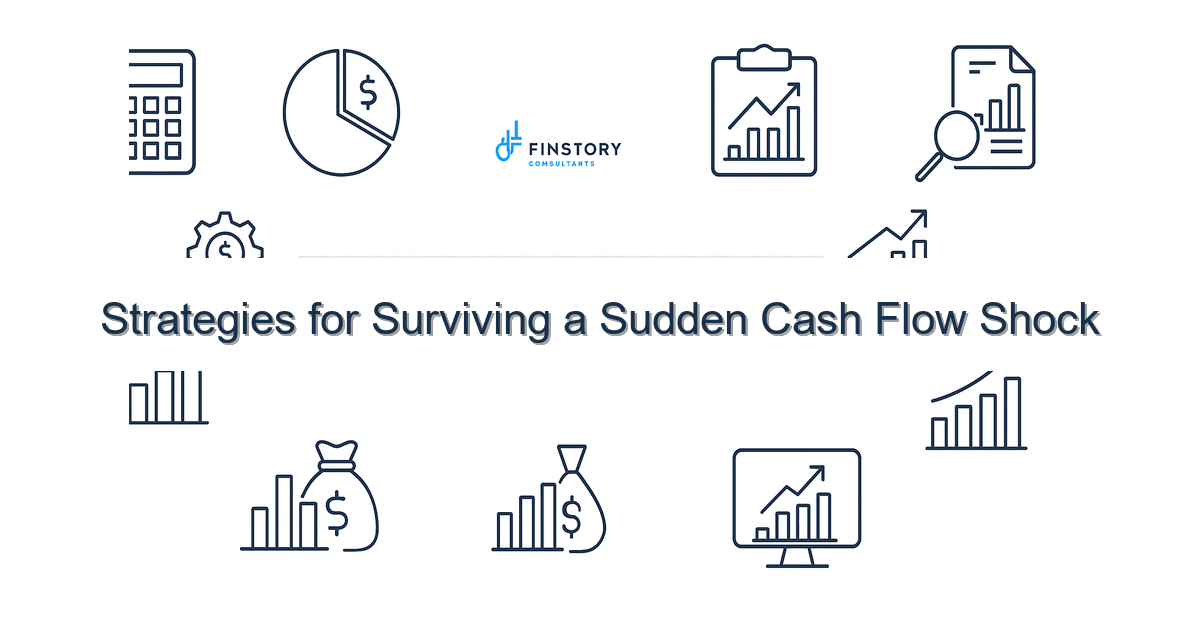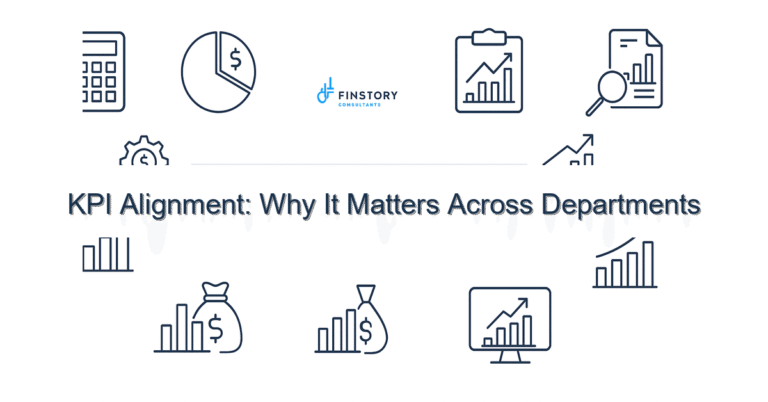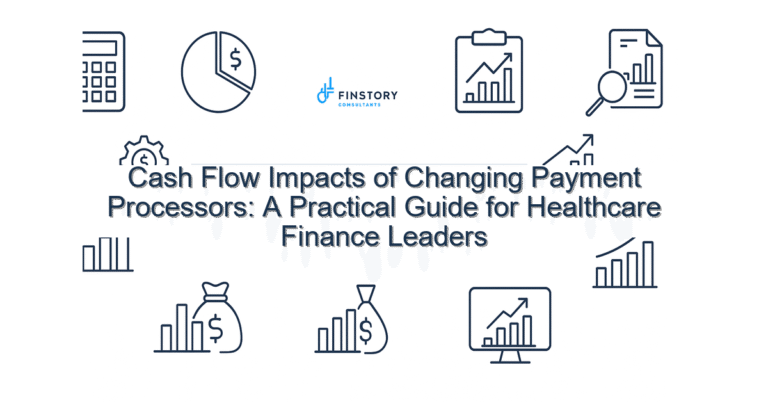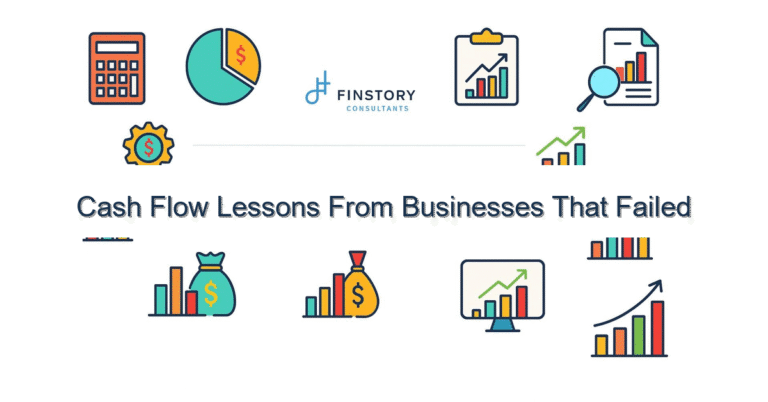Strategies for Surviving a Sudden Cash Flow Shock
When cash that you expected to arrive doesn’t, it feels personal — like the system you built turned on you. You’re not alone: hospitals and clinics face sudden payer delays, supply squeezes, and one-off write-downs more often than leadership admits.
Summary: You can stop the panic and buy time. With a short, practical playbook—prioritize cash, stabilize operations, communicate clearly, and model scenarios—you’ll protect payroll, critical suppliers, and patient care while you rebuild runway.
What’s the real problem?
Cash flow shocks are less about one missed payment and more about fragile processes and hidden assumptions. Many health systems assume collections and reimbursements lag but don’t plan for sudden, sustained interruptions.
- Symptoms: AR days spike unexpectedly after a payer audit or contract pause.
- Symptoms: Vendors threaten supply holds because invoices went unpaid while teams wrestle with manual approvals.
- Symptoms: Leadership freezes hiring, but payroll remains at risk because you don’t know your true cash runway.
- Symptoms: Finance can’t produce reliable short-term forecasts fast enough for operational decisions.
What leaders get wrong
Leaders want quick fixes: cut costs, stop projects, or ask for emergency loans. Those moves can help, but missteps compound stress.
- Treating cash shocks like budget problems rather than operational urgencies — delaying action for the next board meeting loses days.
- Relying on ad hoc spreadsheets and gut calls instead of a repeatable triage process — that breeds inconsistent decisions.
- Communicating poorly with clinicians and vendors — surprise budget cuts hurt relationships and care delivery.
A better approach
Think triage, not terror. Use a three- to five-step framework that focuses on immediate liquidity, then medium-term stability, then resilience.
- Step 1 — Triage fast: Freeze nonessential cash outflows for 7–14 days. Identify payroll commitments, critical suppliers, and covenant risks.
- Step 2 — Validate receipts and timing: Reconcile expected receipts for the next 60 days. Call the top three payers and largest customers to confirm timing.
- Step 3 — Tactical adjustments: Prioritize payments by operational impact. Renegotiate terms with suppliers, accelerate collections where possible, and defer discretionary spend.
- Step 4 — Model scenarios: Build high, medium, and low cash scenarios with clear triggers for escalation or rollback.
- Step 5 — Communicate rapidly: One-page dashboards for the CEO, COO, and Board with 7/30/90-day runway and recommended actions.
Real-world story: A 200-bed community hospital faced a sudden $4M payer recoupment notice. The CFO implemented triage: froze capital spend, called top ten vendors and secured 30-day extensions, and ran a 60-day cash model. Result: payroll met, suppliers stayed, and the team bought 45 days of runway while negotiating the recoupment — enough time to secure bridge financing on reasonable terms.
Quick implementation checklist
- Run a 7/30/60-day cash forecast today and flag gaps.
- Identify the top 10 cash commitments for the next 30 days (payroll, debt service, critical vendors).
- Pause nonessential capital and hiring for 30 days unless tied to patient safety or revenue.
- Contact top three payers and top five vendors to confirm or renegotiate payment timing.
- Accelerate AR where cost-effective: targeted calling, digital statements, or small early-payment discounts.
- Deploy an interim approvals matrix so one or two leaders can sign essential payments quickly.
- Stand up a daily 10-minute cash huddle with finance, operations, and supply chain lead.
- Create a one-page leadership dashboard (cash runway, top risks, recommended actions).
- Document short-term decisions and set a 30-day review to return to normal cadence.
What success looks like
Measure outcomes, not intentions. Aim for clear, measurable wins.
- Forecast accuracy: increase 30-day cash forecast accuracy to 95%.
- Cycle time: reduce decision-to-payment cycle for critical items to under 48 hours.
- AR improvement: lower Days Sales Outstanding (DSO) by 10–20% within 60 days.
- Cash runway: extend runway by 30–60 days through operational actions and short-term financing.
- Operational continuity: zero disruption to payroll and essential clinical supplies during the shock.
- ROI: cost of measures (discounts, short-term fees) recovered within 3–6 months through avoided service disruptions and better terms.
Risks & how to manage them
- Risk: Supplier failure if payments delayed. Mitigation: prioritize critical suppliers; offer staged payments and sign temporary SLA agreements.
- Risk: Staff morale and service quality suffer from sudden freezes. Mitigation: transparent communication, protect patient-facing roles, and define temporary exceptions.
- Risk: Short-term fixes become permanent inefficiencies. Mitigation: set sunset dates for every emergency action and schedule post-crisis reviews.
Tools & data
Leverage technology that gives you speed and accuracy. Finance automation for AR/AP reduces manual lag. Power BI or similar visualization tools let you publish daily cash dashboards to leadership. Integrate your EHR billing, ERP, and bank feeds so your models reflect reality.
Automated collections, RPA for invoice matching, and templated leadership reporting cut friction. The goal: one source of truth for cash that ops and finance both trust.
Next steps
If you’re facing a cash shock now: stop the nonessential outflows, run the 7/30/60 forecast, and pull together a one-page dashboard for your CEO and COO within 24 hours. If you want help standing this playbook up—fast—call us.
Work with Finstory. If you want this done right—tailored to your operations—we’ll map the process, stand up the dashboards, and train your team. Let’s talk about your goals.
📞 Ready to take the next step?
Book a 20-min call with our experts and see how we can help your team move faster.
Prefer email or phone? Write to info@finstory.net
or call +91 44-45811170.






